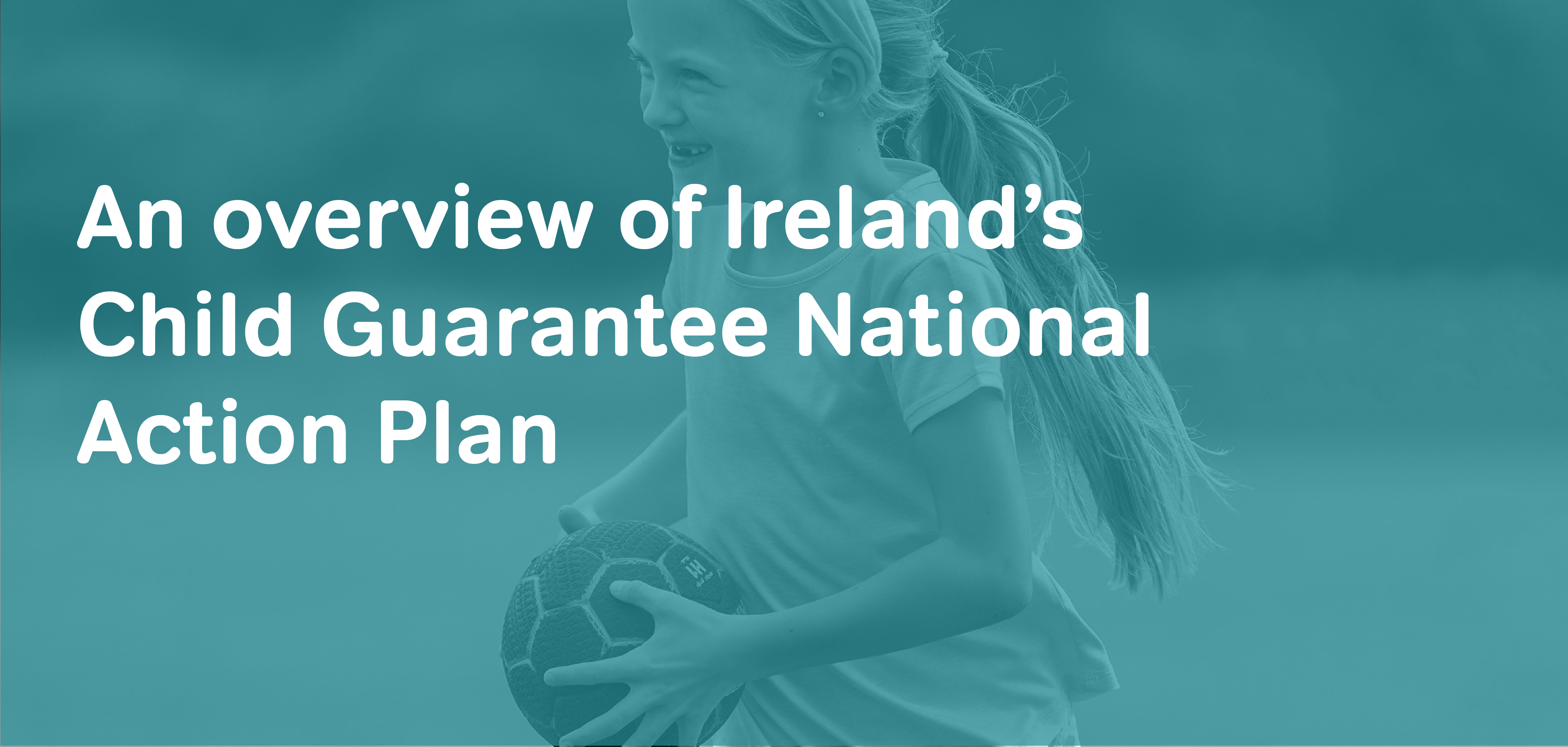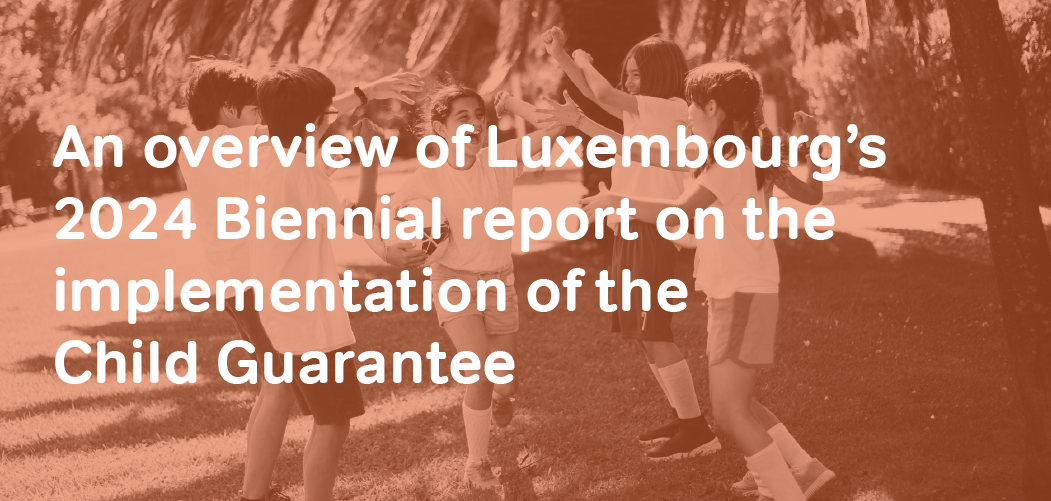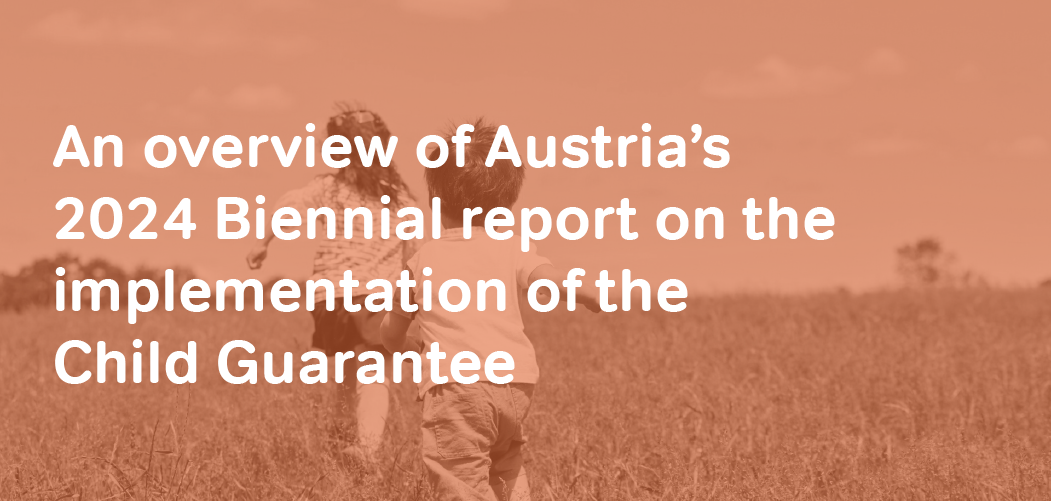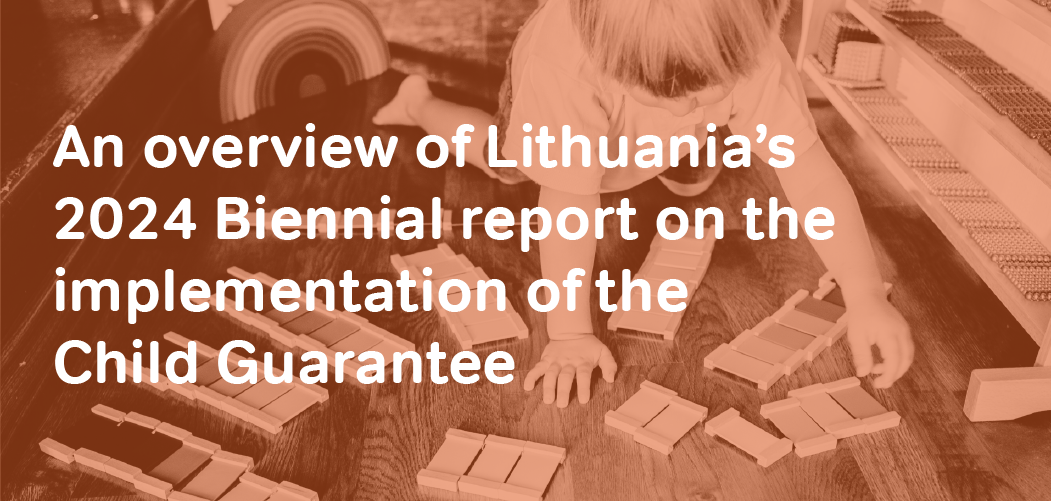Ireland's Child Guarantee National Action Plan - An overview
2021 was a turning point in the fight against child poverty, with the launch of two landmark initiatives, the EU Strategy on the Rights of the Child and the European Child Guarantee.
As EU Member States submit their Child Guarantee National Action Plans, Eurochild will share highlights from each plan that members, children's rights advocates and influencers can use in their own work to ensure children's rights remain high on the political agendas across Europe.
The Irish Child Guarantee National Action Plan submitted on 12 April focuses on:
- Reinforce the integration of students with special educational needs in mainstream education and address educational disadvantage at school level through the Delivering Equality of Opportunity in Schools (DEIS).
- Digital Strategy to further embed the use of digital technologies in teaching, learning and assessment.
- Phase out of segregated Traveller education provision.
- Double investment in Early Learning and Care (ELC) and School Aged Care (SAC) to at least €1bn by 2028.
- Fund the School Meals Programme for the provision of food to some 1,500 schools and organisations.
- Develop further supported emergency accommodation for families and individuals experiencing homelessness and provide enhanced tenancy sustainment supports to families experiencing long-term homelessness.
- Develop a local child poverty action plan.
In January, Eurochild also released a set of recommendations for the Irish Child Guarantee National Action Plan.
Despite the deadline on 15 March, only 11 EU Member States have released their National Action Plan at the time of publishing of this overview. Eurochild and its members will continue to call on Member States to release their plans and to work on ensuring the Child Guarantee National Action Plans helps end child poverty.
This overview presents highlights extracted from the National Action Plan (NAP) from Ireland published on 08/06/2022. It is not exhaustive nor does it evaluate the NAP and uses the same terms as those in the NAP. It is intended to summarise key elements and to signpost stakeholders to other relevant analyses.





